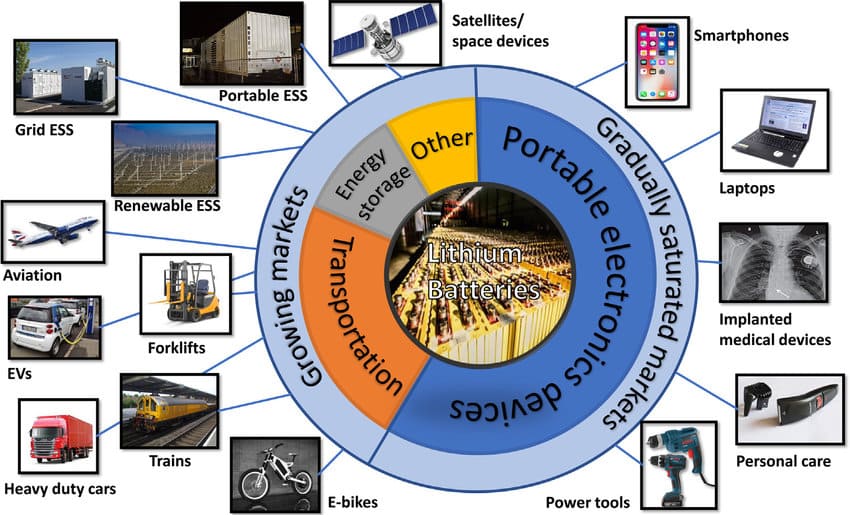Three Ways To Extend The Life Of Lithium-Ion Batteries
Lithium-ion batteries are ubiquitous these days, used in everything from cell phones and laptops to home electronics, and industrial tools.
Although they are the most widely used mobile energy storage technology, there is a lot of confusion among users about the best way to extend the life of lithium-ion batteries.
According to the data of our PKCELL battery laboratory:Three main factors affect battery health: temperature, state of charge, current
From the perspective of our actual application scenarios, these three factors are directly related to the service life of lithium batteries. In the case of rising energy, the price of various lithium batteries is also increasing year by year. It seems that improving the life of lithium batteries and reducing the purchase of lithium batteries Very important.

The following are some general guidelines formulated by PKCELL based on laboratory data and actual user usage, as well as some specific suggestions made by PKCELL factory.

Factor 1: The temperature of the lithium battery when it is used
The temperature at which the device operates is the main factor affecting the power consumption of lithium batteries. This is true for primary batteries, as is rechargeable lithium batteries.
At extreme temperatures, electrodes and electrolytes no longer have the optimal shape for efficient Li-ion exchange.
At low temperatures, the electrodes shrink so ions cannot be extracted. The electronic conductivity of the electrolyte also decreases. Ions move more slowly between the 2 electrodes.
Under extreme heat, the electrodes expand, making it easier for ions to move. Electrolytes are also more conductive. However, extreme heat can damage the electrodes.
Avoid temperature extremes, both high and low, when using or storing lithium-ion batteries. Elevated temperatures accelerate the degradation of nearly all battery components and can lead to significant safety risks, including fire or explosion. If the laptop or mobile phone is obviously hot when charging, please unplug it to avoid mechanical damage such as puncture. . Minimize exposure to low temperatures, especially while charging.
Factor Two: State of Charge
Minimize the time the battery is at 100% or 0% charge. Both extremely high and extremely low "state of charge" can stress the battery. Consider using partial charging to restore the battery to 80% SoC instead of 100%. If this is not possible, unplug the device as soon as the battery reaches 100%.

Both PKCELL lithium battery and the corresponding charger can perfectly solve this problem, and stop charging when it is fully charged. During the manufacturing process of PKCELL battery, various safe materials are added to the lithium battery to protect the charging.
Factor Three: Current - Avoid rapid charging and discharging as much as possible
Using a "fast charger" is convenient, but will degrade the Li-Ion battery faster than standard charging. Discharging a battery too quickly can also lead to poor battery performance through many of the same mechanisms. For phones and laptops, reducing screen brightness, turning off location services, and quitting battery-hungry apps can help slow the discharge.
Some manufacturers of cordless power tools advise users not to store batteries in chargers, while others warn against fully draining batteries. Some recommend a minimum ambient temperature of 32 F and a maximum of 104 degrees for battery charging.
Contrary to some accepted thinking, lithium-ion batteries have no memory. They don't need regular full discharge and charge cycles to prolong life. It's actually quite the opposite: the smaller the discharge (low DoD), the longer the battery will last and the more cycles it will be able to cycle.

A battery consists of a positive electrode (cathode), a negative electrode (anode), and an electrolyte that reacts with each electrode. Lithium-ion batteries inevitably degrade with time and use. Almost every component is affected, including anodes, cathodes, electrolytes, separators and current collectors.
There are two main forms of battery degradation: capacity fade and power fade. Capacity fade is the decrease in the energy a battery stores, and power fade is the decrease in the amount of power it provides.
You now know the three main ways on how to best charge or discharge a Li-Ion battery to prolong its life!
Post time: Nov-29-2022



